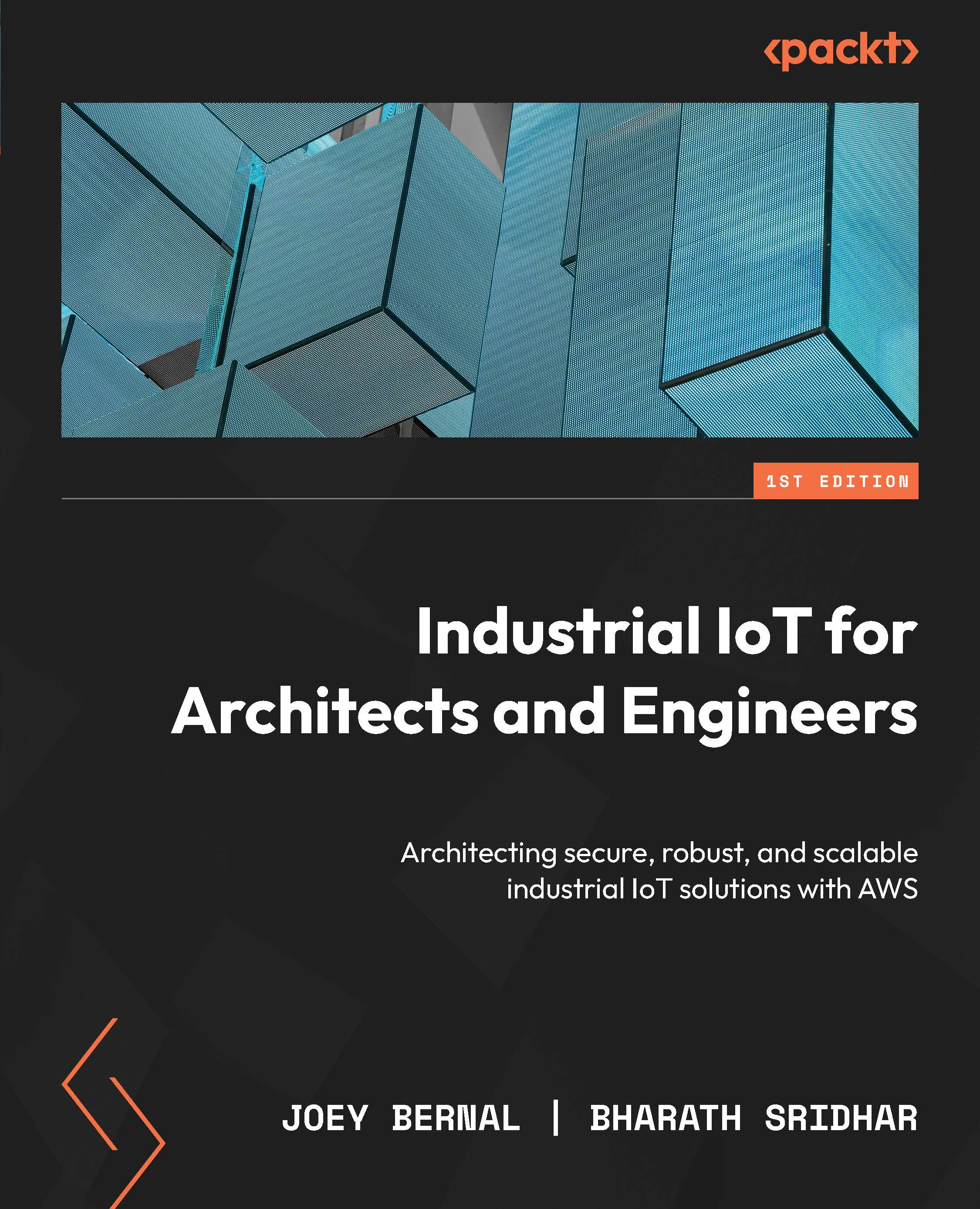Data ingestion and data analysis
An interesting use case in the production facilities is to interface energy meters to the central PLC. Traditionally, energy meters are part of utility management and are isolated from the production facility. They are present at an aggregated level and are usually used for metering purposes, but interfacing energy meters to production-line PLCs opens up a plethora of opportunities: line-wise energy and cost comparison, shift-wise energy utilization (used for time-based tiered energy costs), demand planning, and so on. We will focus our efforts on the process of integration, namely using the Modbus protocol.
Modbus is one of the oldest yet simplest field bus protocols based on master-slave topology over a serial line, RS232/RS485. The protocol was introduced for communication between PLCs and other systems. Figure 7.14 shows the interface of the energy meter to the PLC using the Modbus protocol.

Figure 7.14 – PLC...


























































